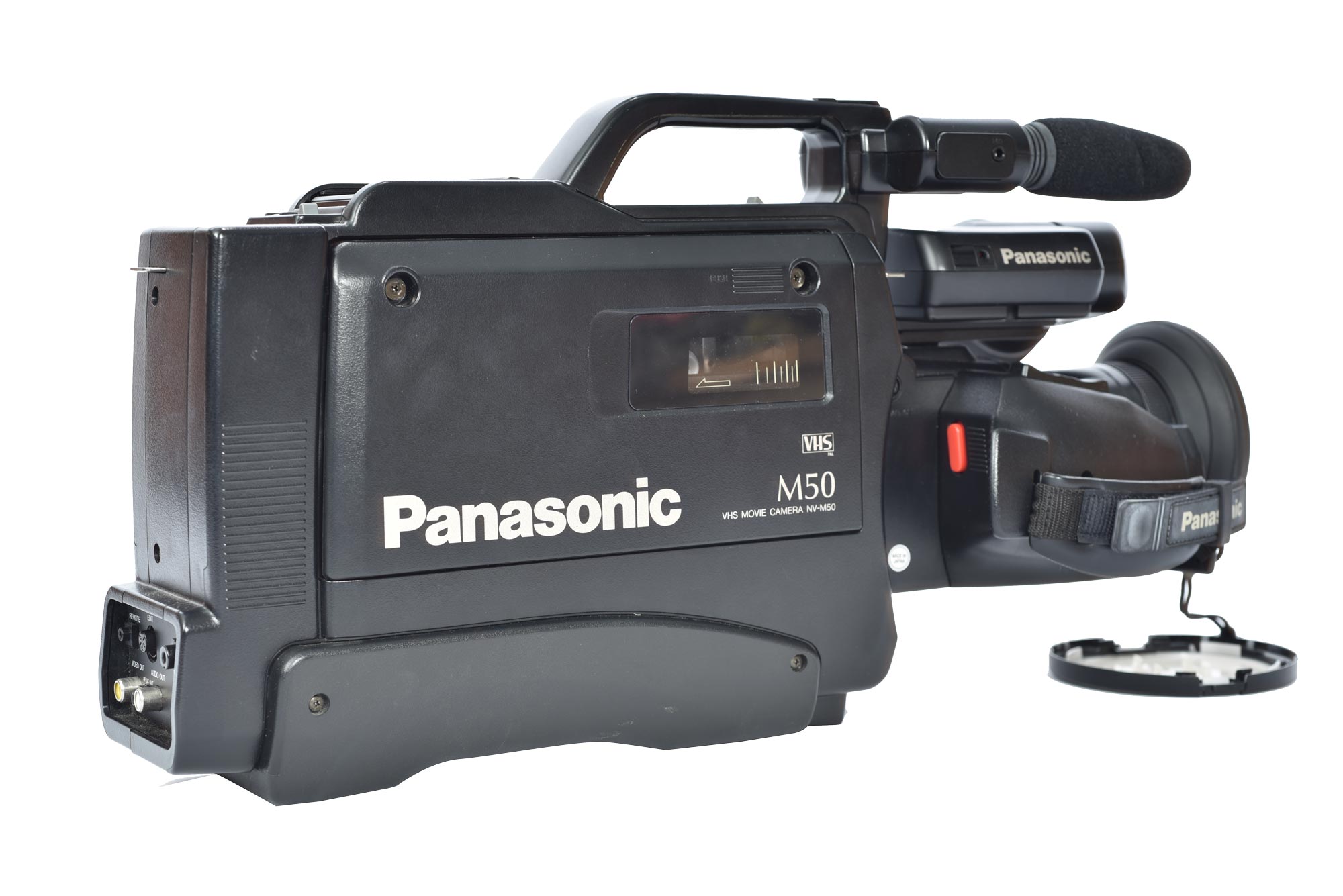

Over time, these devices became smaller and smaller, greater and greater. And for the first time in history, pretty much anyone interested in videography could give it a shot!Įventually, other manufacturers started producing their own versions of the portapak, in higher quality. Although still heavyweight and bulky, it was much lighter and easier to transport than previous models. Yet, all of these cons were seemingly worth it.

Pointing the camera at direct sunlight could burn permanent holes in the tubes. Additionally, if you moved the camera around too quickly, imagery could smear. It was fairly complicated and easy to make a mistake. The tape spun off one reel, and then needed to be carefully threaded back around different heads, and onto the pick-up reel. Unlike today’s camcorders and video recorders that use cassettes and cartridges, this portapak’s helical operated with a reel-to-reel.

This first Portapak-or “portable” video system-consisted of a large B&W camera and a separate record-only helical VCR unit. In 1967, Sony introduced the DV-2400 Video Rover. Thankfully, tech continued to involve, with the solid intent of giving access to the masses. Meaning, basically, even after production was complete, something could still very easily go wrong. Without a quality projector, the film could rip or melt. After the film was developed, you’d thread the film onto reels from your projector’s gears and pulleys to watch the film. After shooting the brief without sound, you’d have to rewind it inside the camera, replace it with a proof canister, and then send it to be developed. Loading the camera required threading film through, and not exposing it by mistake. But even this smaller and “easier” way of filming was difficult by today’s standards.
#Vhs camera recorder tv#
This makes the earliest successful videographers impressively talented, eh? And it heightens appreciation for the first videos ever made, huh?Īccording to experts, the first home video system was offered by Ampex in 1963, including a TV monitor, special furniture, and an Ampex VR-1500 that weighed about 100 pounds and costed around $30,000.Īs equipment evolved, the 8 mm film camera gained popularity. Of course, this made the film very vulnerable, and if a cut wasn’t made perfectly between electronic frames, the entire video would be destroyed. Before nonlinear systems, videographers would have to cut out video content using razor blades, piecing them back together with scotch tape. If tubes heated too much during a show, saturation and colors would shift significantly.Īnother issue was of course the editing systems. Throughout a shoot, the cameras required constant attention, to ensure the coloring was consistent. With almost every use, tubes would burn out. Tubes required much more light to pour in than chip cameras today, and this caused the equipment to overheat. And because the cameras used electronic tubes to convert light, inconvenience only amplified.
#Vhs camera recorder full#
Videographers required a truck full of equipment to tape even the shortest reel. At this time, the recording devices were about the size of a small suitcase, using two-inch thick videotape. Equipment that once made videos was about the size of a refrigerator, and it wasn’t until the 70s that the machinery started to shrink. Not long ago, there was no such thing as mobile video. And it’s certain to get even better from here. Once video is created, the content can easily and immediately be downloaded to a computer for editing, using nonlinear technology.
#Vhs camera recorder manual#
Today’s pocket-sized camcorders provide high quality video, with a wide range of automatic and manual settings and impressive zoom ratios. Like with all technological improvements, it’s just a matter of time before something sleeker, lighter, faster, and cooler comes along.


 0 kommentar(er)
0 kommentar(er)
